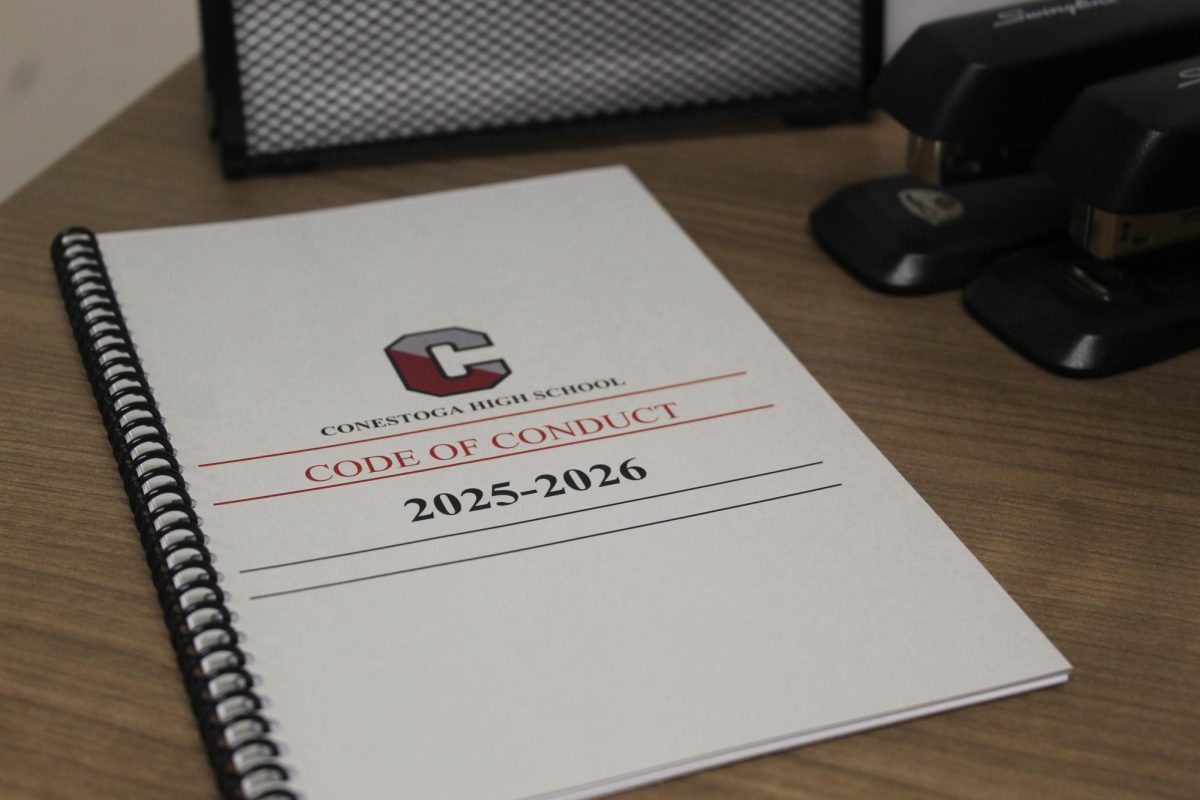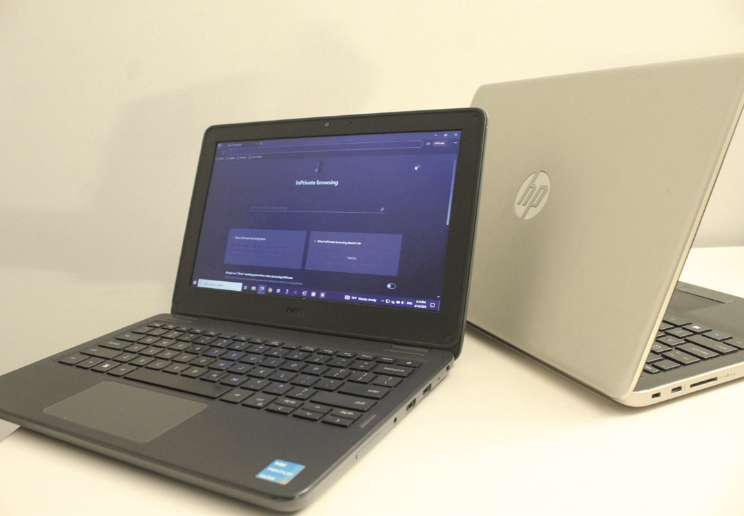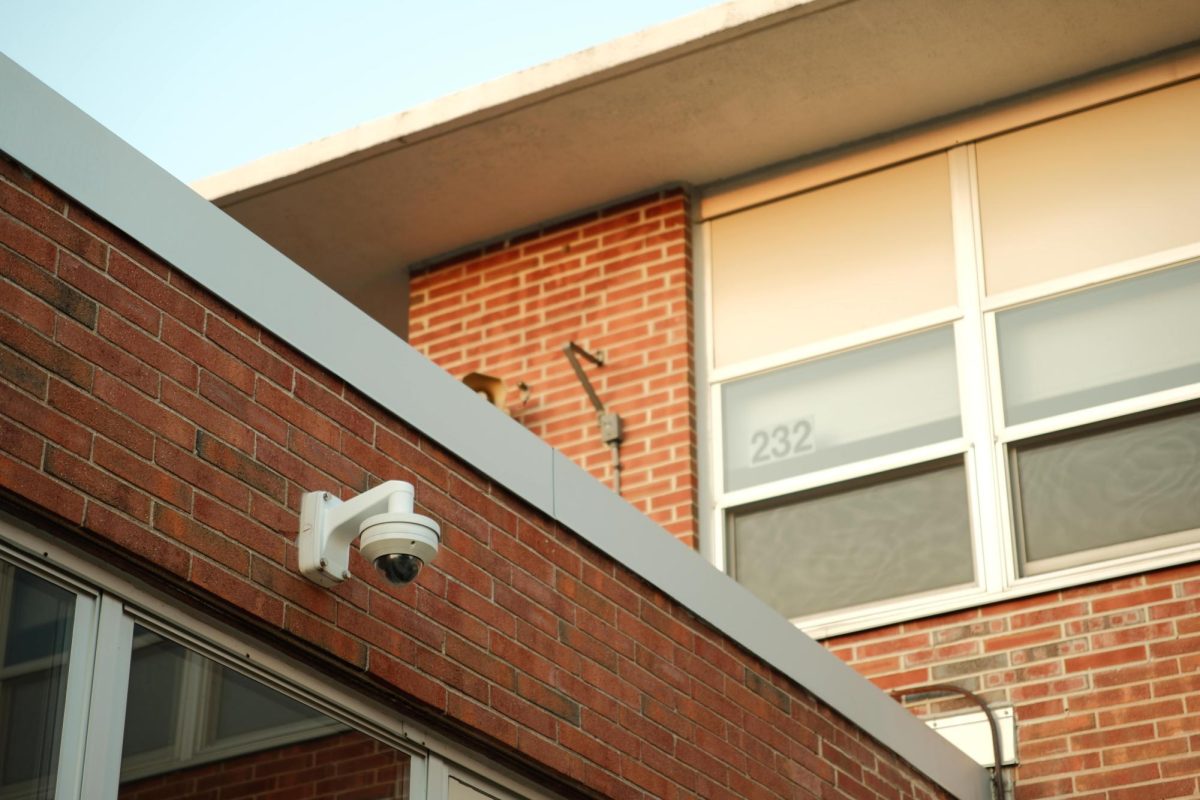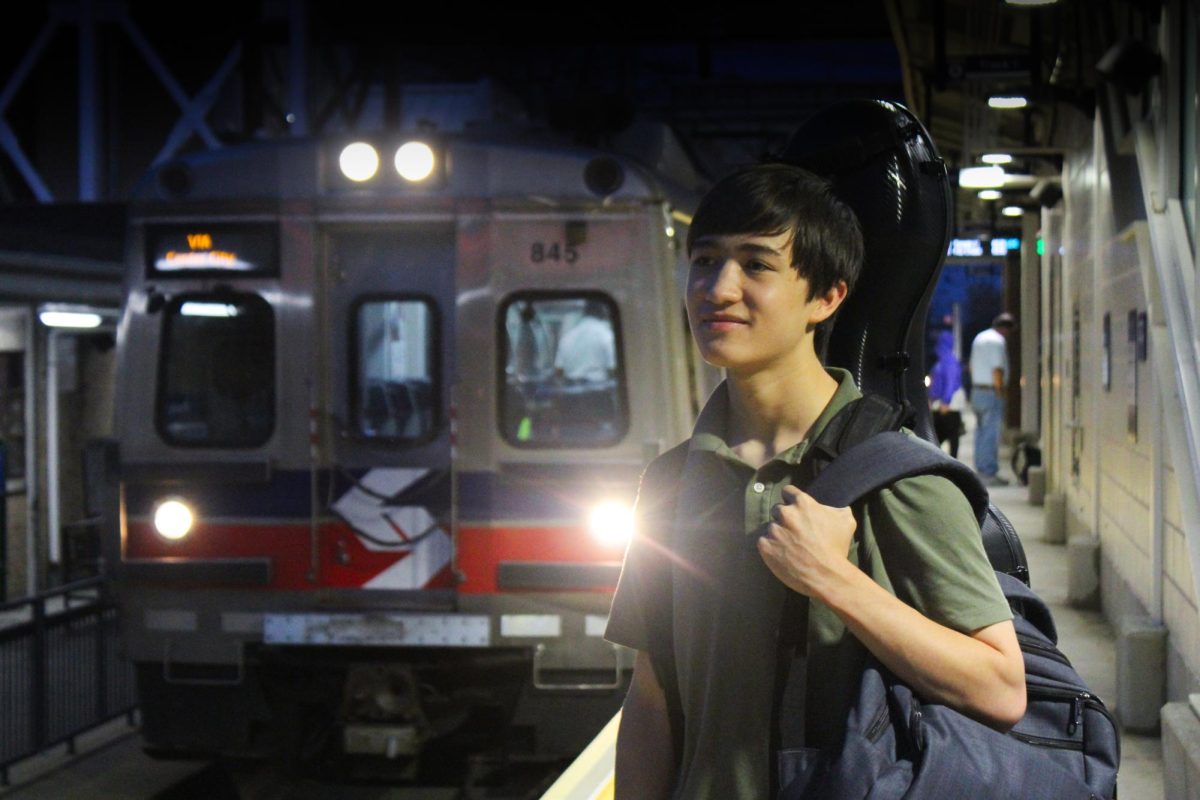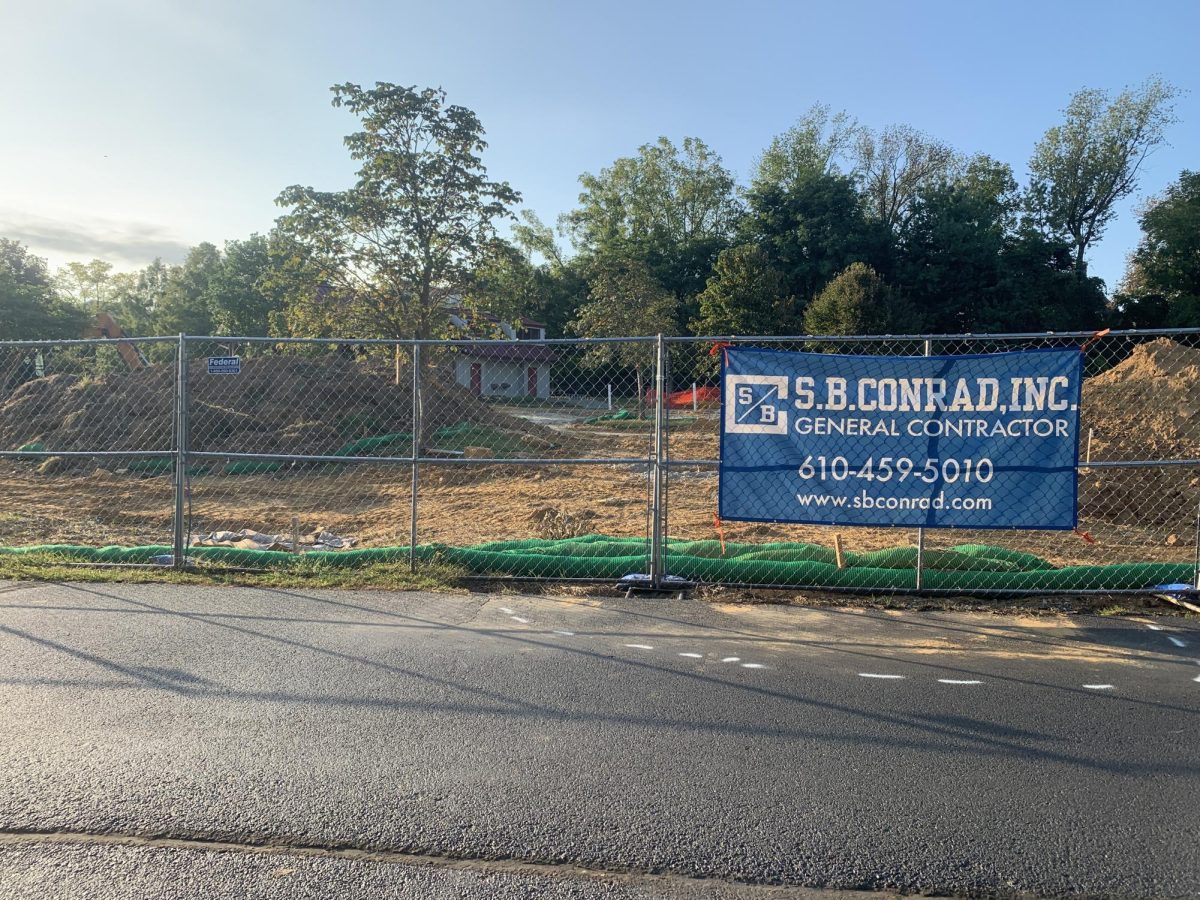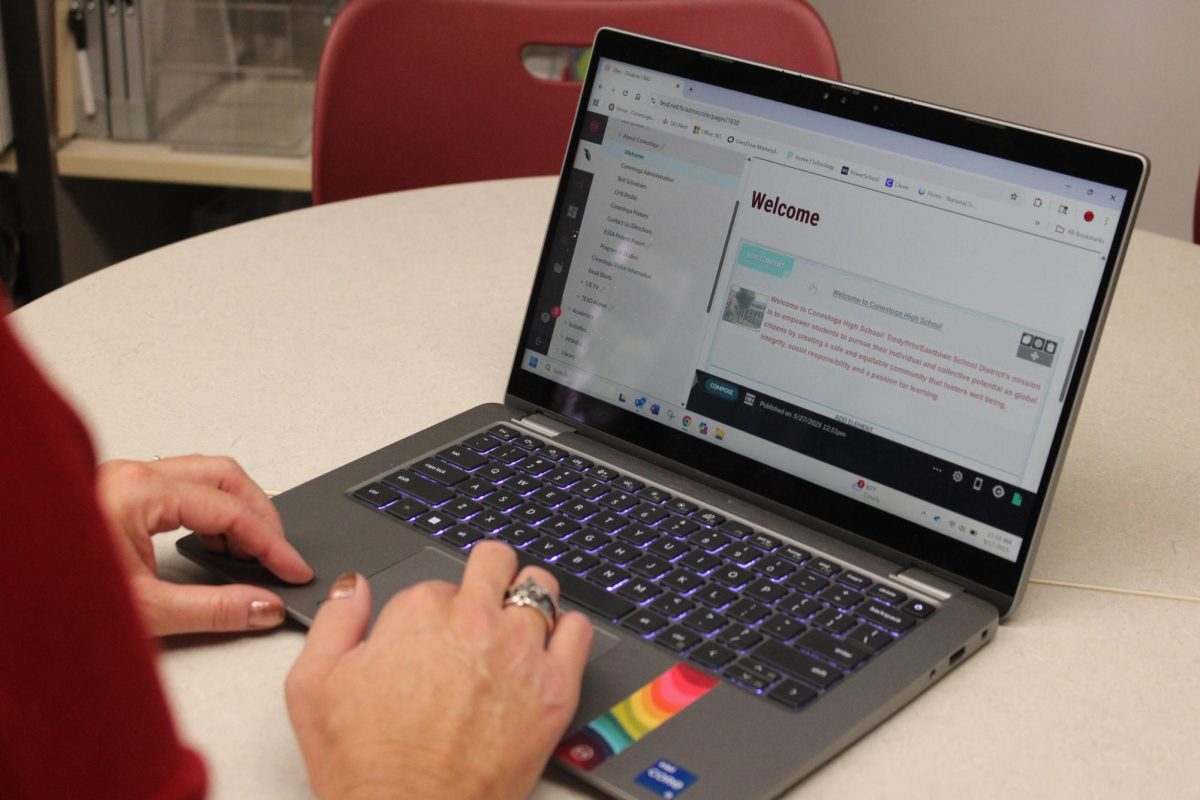For the past 59 years, Tredyffrin/Easttown School District students have attended five elementary schools: Beaumont, Devon, Hillside, New Eagle and Valley Forge. In fall 2027, a sixth school will open its doors.
On April 2, the district bought a 15-acre property at 1200 West Swedesford Road in an office park for more than $15 million. The district is beginning to convert the site, which includes a commercial building, to meet the needs of an elementary school.
Superintendent Dr. Richard Gusick said that TESD pursued the project due to low elementary school space and high enrollment. The increased needs for special education, new changes to the state science curriculum that the district must implement by the 2025-26 school year and interest in full-day kindergarten factored into the decision.
“We don’t have enough space in our current elementary schools to meet all the programming needs that we have right now or will have,” Gusick said. “Our numbers of students in our existing schools, plus the demands for more specialized programming for students with special needs, plus the changes that are coming with science instruction and engineering, plus the full-day kindergarten need — we weren’t going to be able to do it with the existing five schools.”
The district started looking more extensively into solutions to the rising elementary enrollment rates around the 2016-17 school year. In 2018, TESD redistricted Devon, Beaumont and Hillside elementary schools to address the uneven distribution of students. During the COVID-19 pandemic, rates lowered. They stabilized to the district’s current “steady, high enrollment,” according to director of educational program Dr. Michael Szymendera.
Across all elementary schools, TESD has 130 classrooms, with one that is available for flexible use. Szymendera said that, of the 10 elementary school science labs, the district is reusing one for non-science instructional use. TESD predicts that it will need to repurpose two more labs to accommodate the increase in student enrollment next school year. The district also combined and added rooms to the existing schools to make more space before it assessed properties for the new elementary school.
“We often use the phrase ‘maximize the footprint’: An elementary school building has a footprint of the outside, and we can make some modifications to take advantage of every available space (inside),” Szymendera said. “We’ve really exhausted all of those ‘maximize the footprint’ strategies.”
District resident Jyothirmai Patwari, whose two children attend Valley Forge Elementary School, feels that the sixth elementary school will allow the district to provide better education with the additional space.
“It is going to help the existing school district,” Patwari said. “Students are going to benefit. Teachers are going to benefit. The overall education will have more quality.”

District’s design proposals for the project
When the district began officially pursuing the project, it considered building the elementary school on one of two district-owned properties, on First Avenue in Berwyn and on Jefferson Lane in Chesterbrook. Administration also explored the option of adaptive reuse of an office building, working with Vista Realty Partners, a real estate advisory organization, to help choose a commercial site. The group identified around 18 locations that met some of the project’s requirements, and the district eventually deemed the West Swedesford Road property the most suitable option for adaptive reuse.
“We quickly zeroed in on the 1200 West Swedesford Road property because it had some unique characteristics associated with it in terms of its current size. It had enough available land space to be able to accommodate the amount of fields, playgrounds and parking that you need for an elementary school,” school board president Todd Kantorczyk said. “It was also an area that could be segmented pretty easily and was off to the side and not in the middle of an office park.”
Project surveyors found issues with the two district-owned properties regarding size, topography, accessibility and location in relation to the student population. After comparing all three sites, the district pursued an agreement of sale for the West Swedesford property, beginning a due diligence period from Jan. 17 to March 18, when the district surveyed whether the property suited its needs. At the March 13 special school board meeting, members of the project team presented their findings, including the proposed designs, budget and timeline for the project.
2007 Conestoga alumnus and Tredyffrin Township resident Hans van Mol attended the March 13 meeting and supports the district’s decision to reuse the corporate building.
“I think this is a great opportunity. People talk about wanting to take a lot of these empty buildings and convert them into schools. That’s not something that you can just go do. There’s a lot that goes into that, and so the district accounted for that,” van Mol said. “It utilizes an existing building and still keeps the desirable land size that the district is looking for.”
The property has a three-story, approximately 80,000-square-foot office building with parking to the north, south and west of it. Kindergarten and first grade classrooms will be located on the first floor, second grade classrooms on the second floor, and third and fourth grade classrooms on the third floor.
Plans include reusing the current structure of the building and performing construction at the site to establish 30 classrooms, 14 seminar or teacher preparation rooms, two science labs, one “gymnatorium” serving as both a gymnasium and a stage, one soccer field and one baseball field.
The district is considering installing a middle-school-sized gymnatorium at the school instead of an elementary-sized one. Conestoga parent and president of the Paoli Wildcat Basketball organization Aubrey Dirkes said that a larger gymnatorium would allow more TESD students to play basketball.
“The only reason that we can’t have more kids playing basketball from November through the end of February is capacity of gym space. The elementary school gyms are too small for us to have games in them,” Dirkes said. “We want to make sure that we can provide that service to as many kids as possible.”

Plans to finance the school
TESD is financing the project through the fund balance, or the money that it has gathered in the past. The district also plans to issue bonds and use annual revenue, the largest source being from local taxes, according to Gusick. The total project cost is estimated at more than $69 million according to the March 13 proposed project budget, including payments for a variable refrigerant flow heating, ventilation and air conditioning system replacement and an infill of the site’s stormwater pond.
“I think a lot of people thought this might be significantly cheaper, but because you have to pay for the building and the property and then we had to do significant renovations, it’s about the same as if we had built a school from scratch,” said school board finance committee chair Dr. Roberta Hotinski.
To help finance the district’s new elementary school, athletic fields and yearly infrastructure projects moving forward, Hotinski said that TESD plans to borrow around $100 million over the next five years through three issuances of bonds.
Gusick said that operating the new school would cost approximately $8 million per year. The district is in the process of determining the project’s financial details, such as the local tax increase.
“It’s pretty disruptive if you all of a sudden try to get an $8 million increase in one single year. So, a smart thing to do can be to gradually raise taxes to the limit where you need it. And if there’s money in the meanwhile that can be contributed to the construction costs, then you borrow less and then that saves the taxpayers long term money,” Gusick said. “But it does involve a higher tax rate.”
Haihan Ma, father of a first grader at Hillside Elementary School, has concerns about the tax increase but finds it justifiable due to the project’s benefits for the district.
“I agree with those parents who have this concern about the tax increase,” Ma said. “But, this is our T/E school district. We pay more, we get better results. So, if more tax means better education, I’m totally fine with that.”

(Faith Zantua / The SPOKE)
Educational effects on students, teachers and curriculum
The district aims to staff the sixth elementary school with both new and existing teachers. Director of curriculum, instruction, staff development and planning Dr. Wendy Towle is in charge of employing new staff and predicts that the district will need to hire around 15 teachers leading up to fall 2027, some of whom may work at existing schools prior to the new building’s opening.
“What we’ve been talking about is asking if there are teachers who would be interested in moving to the new school. And if it works out with numbers of (classes) and it will make a good mix between new and experienced teachers, then we’d like to try to accommodate them,” Towle said.
To redistribute enrollment, the district plans to redistrict all elementary school students in preparation for the 2027-28 school year. Currently, TESD splits students who graduate from Hillside Elementary School to attend either Tredyffrin/Easttown or Valley Forge middle schools. The addition of the sixth school and redistricting will prevent this separation, and each middle school will receive incoming fifth graders from three elementary schools.
With the sixth elementary school adding 30 classrooms, TESD will implement full-day kindergarten across all elementary schools. Currently, kindergarten classes run on a half-day schedule with a.m. and p.m. classes. According to the September 2023 TESD Status Update on Elementary Enrollment and Facilities Utilization report, approximately 90% of Pennsylvania school districts offer full-day kindergarten.
Valley Forge Elementary School kindergarten teacher Jessica Shepherd is excited for the full-day schedule and emphasizes that it would provide more time for students to learn in the classroom.
“A full day gives us much more time to develop more curriculum, more stories, more writing, more freedom, more free play, more exploration,” Shepherd said.
Through the new school, TESD science curriculum supervisor Kim Morris feels that the district can also better fulfill new curriculum requirements through increasing opportunities for science activities. By the 2025-26 school year, the Pennsylvania Department of Education requires schools to implement science curriculum updates in order to meet the recently established Science, Technology & Engineering, Environmental Literacy & Sustainability standards.
“It’s awesome to be able to have the opportunity for our kids to have smaller classrooms, two labs, science classes with space and room to breathe,” Morris said. “I think it’s phenomenal.”
Future logistical objectives
As TESD prepares to redistrict and adjust the curriculum, the project’s architects and engineers are designing a land development plan for Tredyffrin Township. As the property is currently in an office zoning district that does not normally allow for schools, the district is requesting for a conditional use approval. Gusick said that the general approvals process could take multiple months.
“For larger projects, they tend to say, ‘All right, we’re okay with these things. But we want you to bring these things back next month,’” Gusick said. “So that could take several months where you look at the property, and there’s no (construction) going on. But that’s because the architects and engineers are developing plans, revising them, taking them to the public authorities, getting the necessary approvals that we need.”
As the district prepares for approvals, it will explore potential solutions to ease current room use in the elementary schools, such as establishing modular, or temporary, classrooms at the existing buildings until the new school is finished.
According to the March 13 projected timeline, necessary documentation, bidding and awards will take place from July 2024 to November 2025, followed by construction. The district will continue to hold meetings regarding the project. Community members, such as Dirkes, look forward to the project’s implementation.
“It’s a good project. Adding capacity so that the school can maintain its current class size is an important thing,” Dirkes said. “So if this is what we need, then this is what we need.”
Rowan Chetty can be reached at [email protected].
Faith Zantua can be reached at [email protected].



